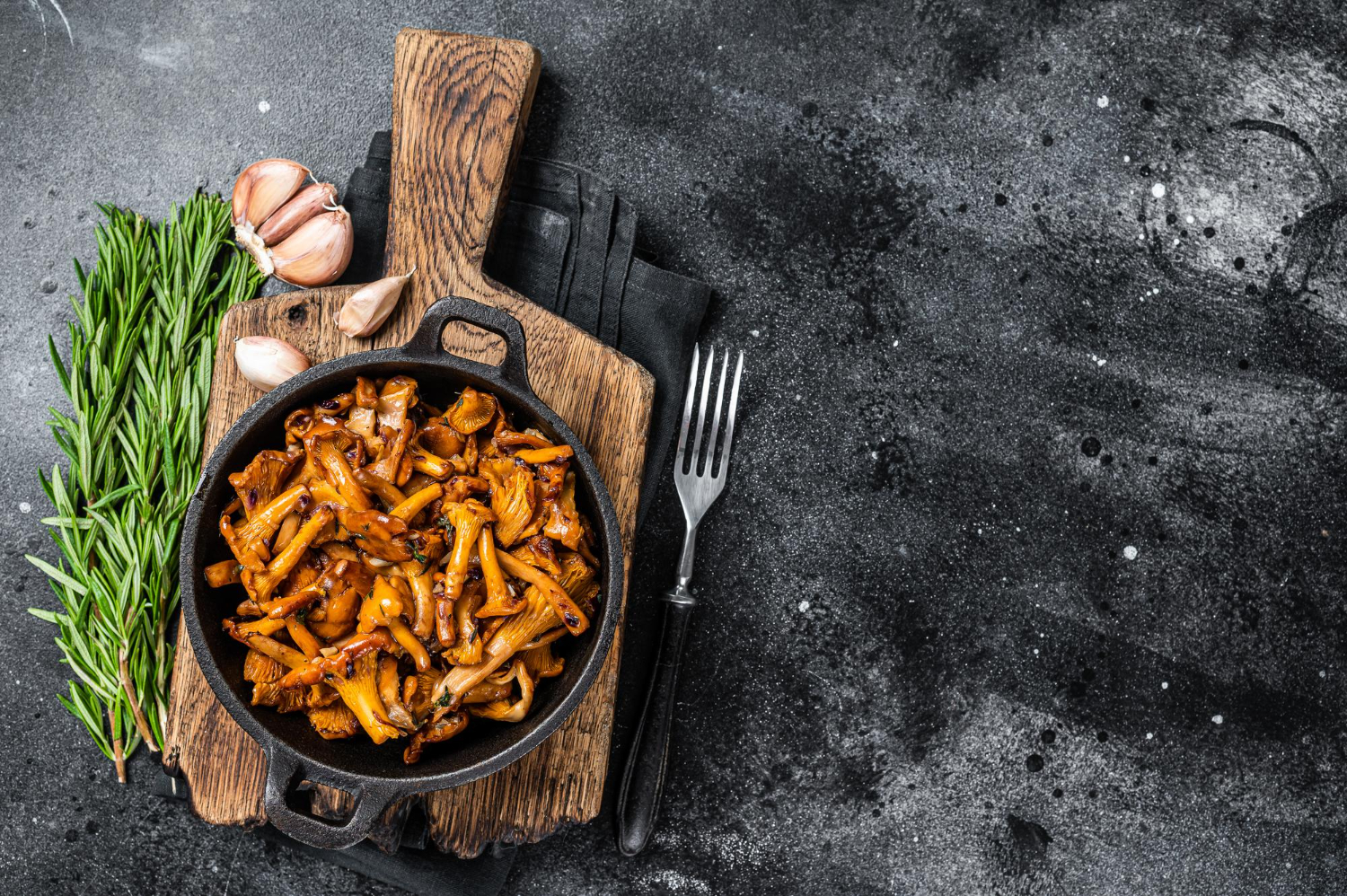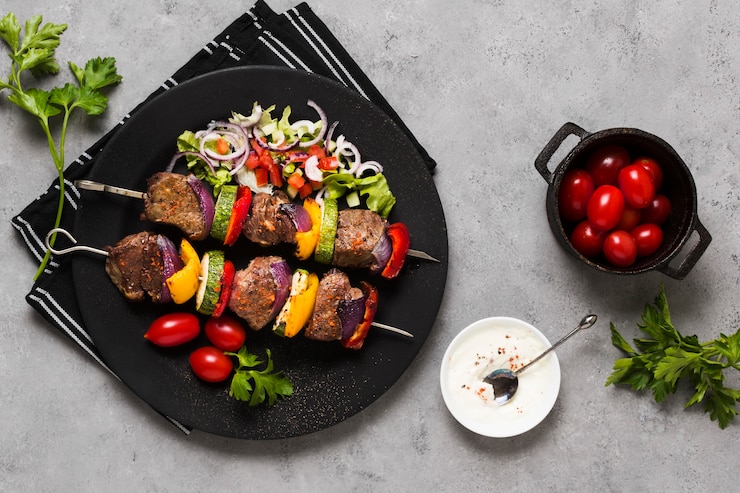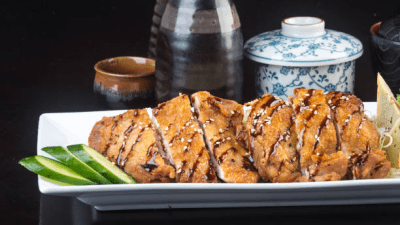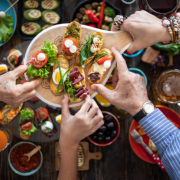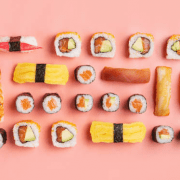Cast iron tawa (skilet) is one of the most versatile kitchen tools. It can be used for everything from searing steaks to baking cakes, and it’s a favourite among avid cooks. Cast iron cookware has been around for centuries because of its durability and versatility.
It also has a number of health benefits: cooking with cast iron minimizes chemical reactions that occur when food is cooked on aluminium pans or nonstick surfaces; there’s no chemical leaching into your food from the pan itself, and many people believe that cooking with cast iron makes their food taste better because it absorbs more flavour during cooking (and doesn’t lose any nutrients).

Seasoning a cast iron skillet, Tawa or pan is essential.
Seasoning a cast iron skillet or Tawa is essential. It makes the pan non-stick and easy to clean and protects it from rusting. Seasoned cookware will last for decades if you take care of it properly.
Seasoning a new pan can be daunting because there are many myths about how to season a cast iron pan. Many people do not understand what seasoning means or think they must use oil while seasoning their cookware. This article will tell you how to strengthen your cast iron pans using only two ingredients: water and salt!
A few tips on seasoning a cast iron skillet are-
- Rub the seasoning into the pan with a paper towel.
- Don’t use soap or detergent to clean your cast iron.
- Don’t put the pan in the dishwasher, as this will remove any seasoning already present on it and will also rust it over time if you don’t dry it thoroughly afterwards—and as you know, a rusty surface is not something anyone wants in their kitchen!
- Seasoning helps keep food from sticking to your pan. So foods won’t need extra oil or butter added when cooking; just make sure everything gets cooked evenly by rotating them around with tongs every few minutes (or however long they take).
Seasoning a cast-iron skillet is simple, but it takes time and patience.
Seasoning a cast-iron skillet is a process that takes time, so plan to give yourself at least an hour. The process can be broken down into four steps:
- Scrape off any rust with steel wool and rinse the pan clean. It will help prevent food from sticking to the pan.
- Dry the inside of your skillet thoroughly with paper towels or a lint-free rag. You don’t want moisture left inside. Since it can prevent seasoning from occurring on those parts of the pan that keeping it moist during cooking (like food residues).
- Apply vegetable oil or shortening to every aspect of your pan, coating it thoroughly but not so much that you risk filling any imperfections on its surface. It would help if you used enough oil/shortening so that when you put it back into heat, some bubbles appear on top and sides (but not too much!).
- If necessary, repeat step #3 until you have achieved this effect without leaving residue when cleaning up after each application (which could cause rusting over time).
- Put warm water in a bowl large enough for your skillet; place cold water nearby as well – if possible, do this outside where there is no chance of getting water spilt onto the flooring.
Conclusion
Seasoning a cast iron Tawa is easy but takes time and patience. The process is simple, but it takes time for your pan to adequately seasoned.
